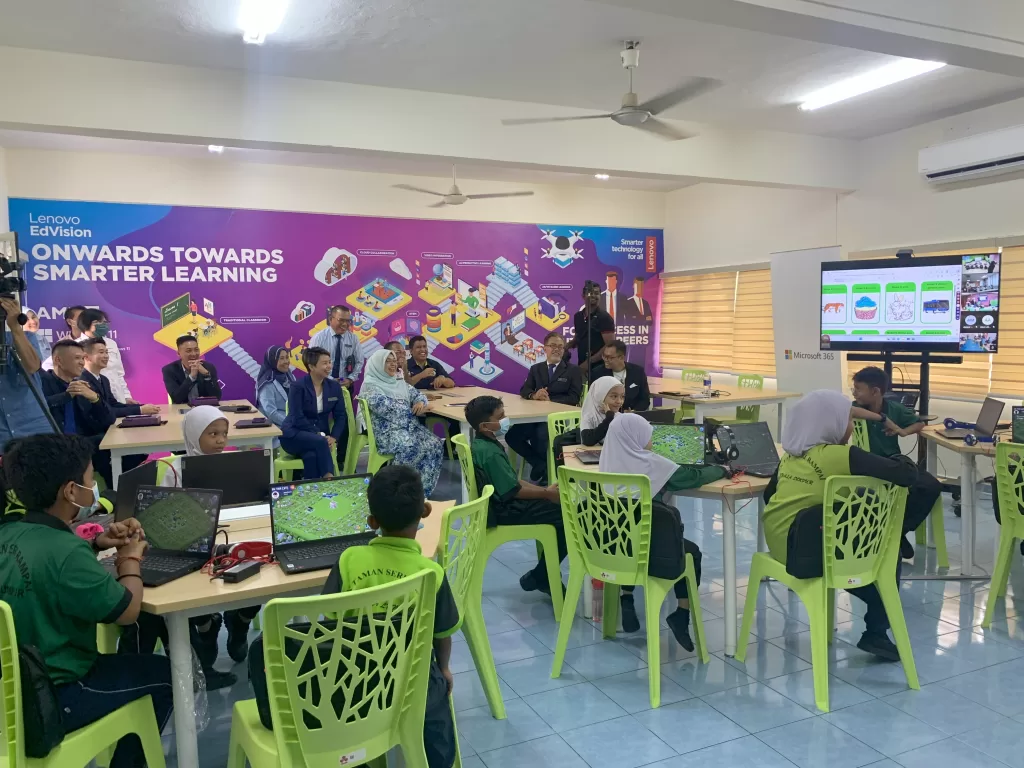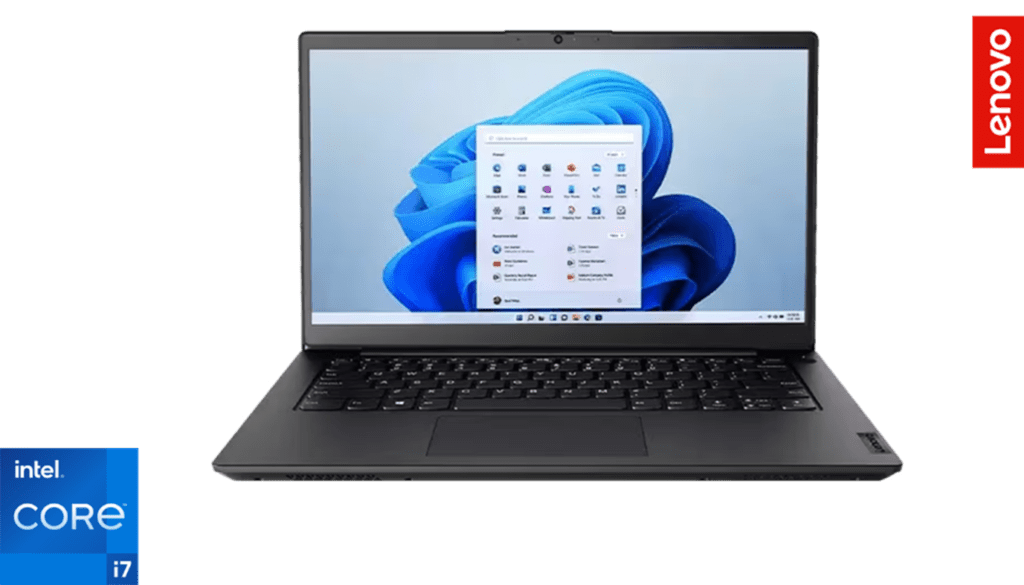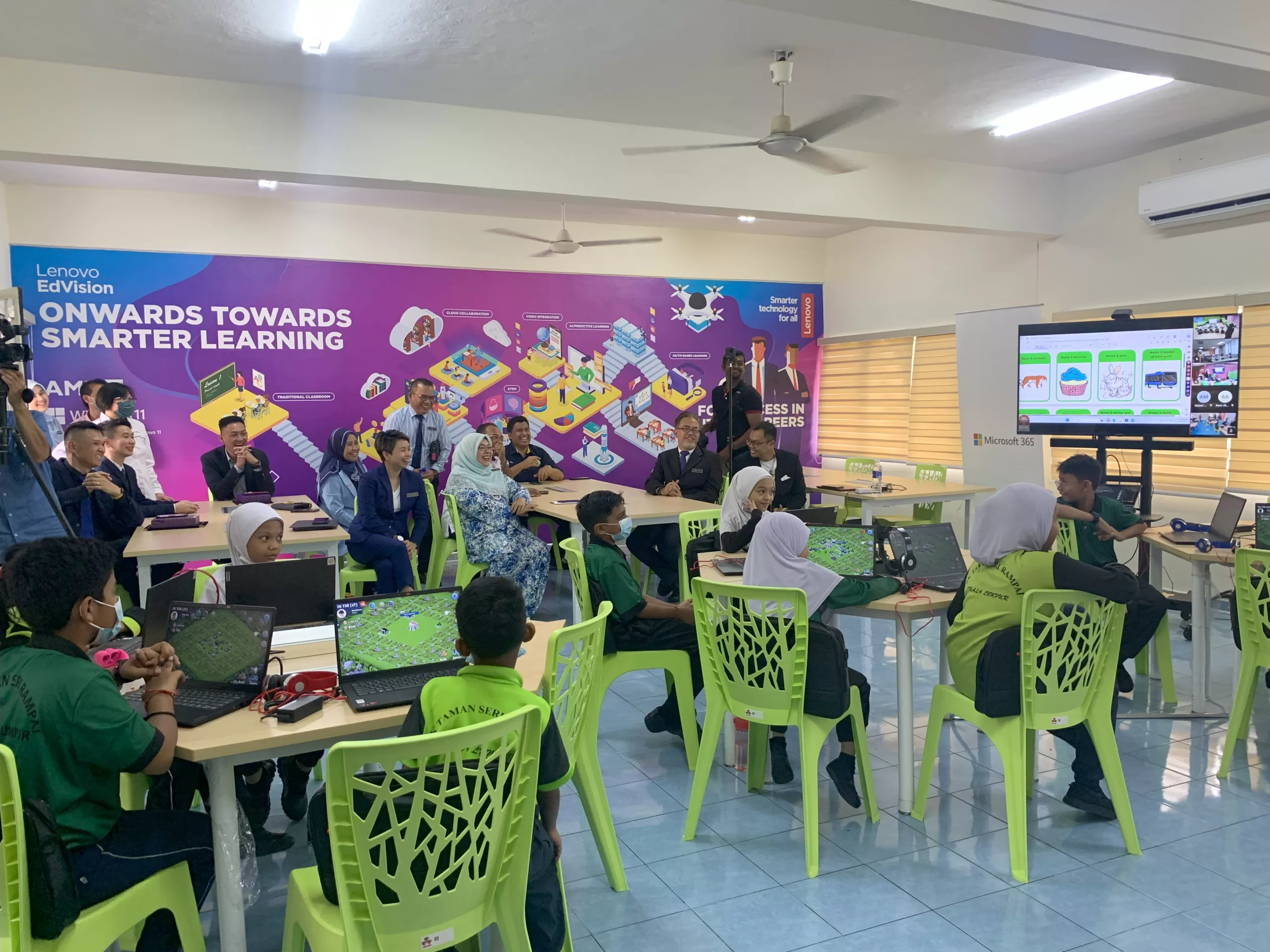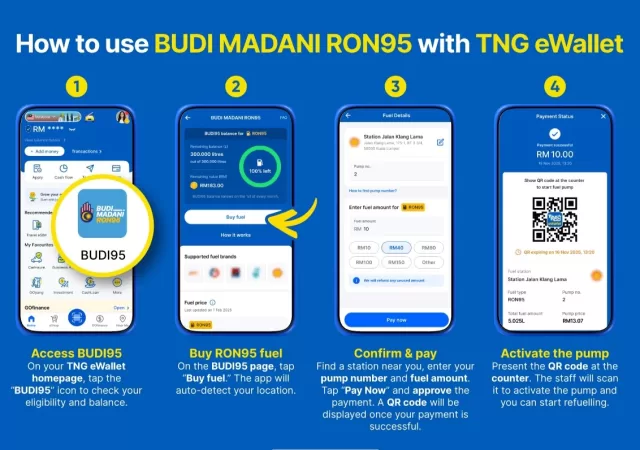In recent years, rapid technological advancement and shifting societal needs have evolved the educational landscape significantly. Technology now plays an integral part in revolutionising traditional learning methods, offering new avenues to enhance teaching and learning modes.

Schools must comprehend and effectively utilise technology to fully harness its benefits. In line with this, Malaysia’s Ministry of Education (MoE) has introduced the Digital Education Policy, which aims to seamlessly integrate digital technology into the learning environment, cultivating a generation of digital-savvy students and educators.
However, the key to effective technology-based learning and teaching lies in schools’ adept approach to integrating technology with the right strategies. It’s not just about adding new gadgets or software in classrooms; rather, it’s about thoughtful planning and implementation to ensure technology enhances educational outcomes.
What Does Digital Strategy for Schools Mean?
A digital strategy for schools encompasses a holistic plan that outlines how technology will be leveraged to elevate and transform various aspects of the educational process. It involves strategically integrating digital tools, resources, and technologies into the education ecosystem to refine teaching methods, enrich student learning experiences, streamline administrative processes, and foster a future-ready learning environment.
Central to this approach is identifying specific goals and objectives of the institution, understanding the needs of educators and students, and aligning technology initiatives to address them effectively.
Preparing Schools for a Comprehensive Digital Strategy
As we embrace a new era in education, preparing schools for the challenges and opportunities of tomorrow has become a paramount priority. Key components of a digital strategy for schools include:

Infrastructure and Technology Integration
A robust IT infrastructure stands as the cornerstone of any successful digital strategy within educational institutions. It requires essential hardware such as computers, tablets, and interactive displays, alongside establishing a secure, high-speed network, to effectively support digital initiatives in schools. Investing in technology can be costly; however, teaming up with technology vendors like Lenovo, who provide device seeding for cutting-edge products like the Lenovo K14 G2 Intel-powered by the Intel® Core™ i7 U Series processor (13th Gen), can help.
Technology integration must also go beyond device presence, strategically including digital tools across classrooms and administrative functions. From interactive whiteboards to educational software, schools should purposefully integrate technology to improve teaching methods and student learning.
Digital Literacy Development for Educators
For digital strategies to be successful, educators must be empowered with the necessary skills and knowledge to utilize technology in classrooms effectively. Digital literacy development initiatives are essential in providing teachers with the confidence and expertise to integrate digital tools into their teaching methodologies.
As a trusted partner in the transformation journey, Lenovo has established the Lenovo EdVision Community program in Malaysia to hone technological literacy and digital skills among students while providing resources and support for teachers to prepare them for a more digital educational landscape. Our program offers IT-enablement product training and webinars for teachers, along with easy-to-use total education solutions encompassing hardware, software, and services to ensure a seamless education experience. Malaysian teachers can register on the Edvision Community website to be part of the community for free.
When teachers are well-prepared, they can craft engaging, and dynamic learning experiences tailored to meet the needs of 21st-century learners.
Collaboration and Communication
Digital strategies should prioritize seamless communication and collaboration among students, teachers, parents, and school staff. Technology tools like virtual classrooms and parent-teacher communication platforms facilitate real-time communication and promote engagement.
Furthermore, strategies should extend collaboration beyond schools by leveraging technology to connect with experts and resources globally.
By adopting these digital strategies, schools can equip students with the essential skills and competencies needed to excel in a technology-driven society.






